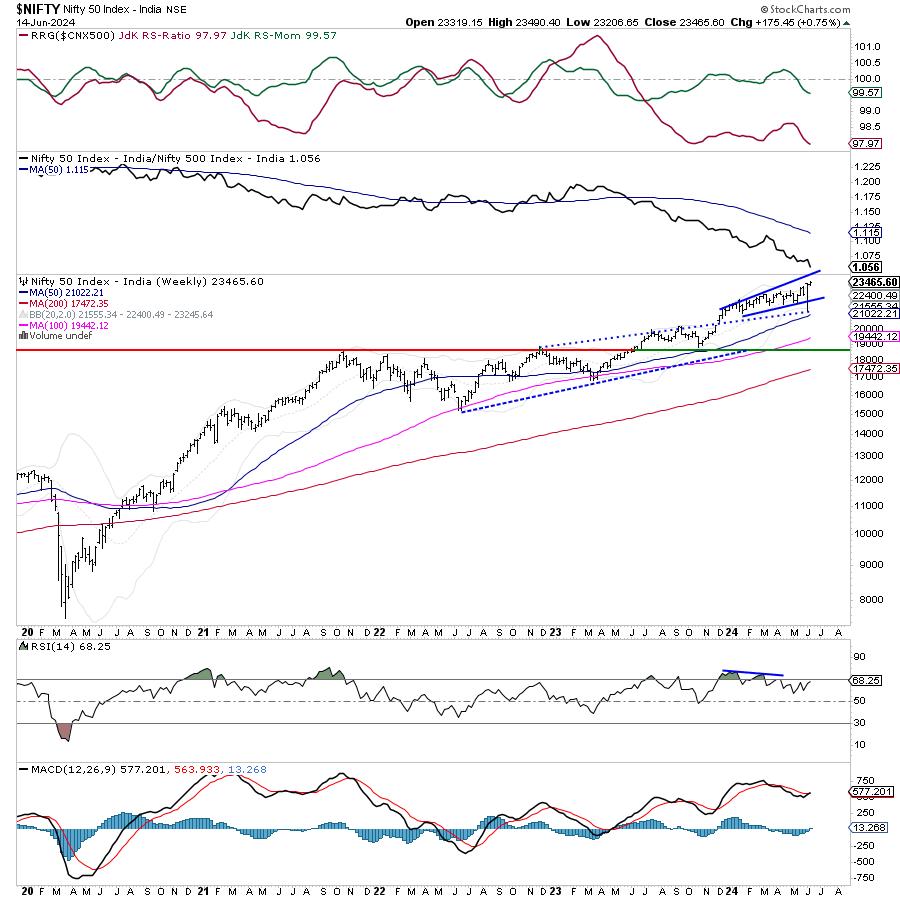Tesla's Optimus Robot Development Facing Setbacks Due To China's Rare Earth Policies

Table of Contents
China's Dominance in Rare Earth Minerals
Rare Earth Elements Critical for Optimus
Tesla's Optimus robot, like many advanced technological marvels, relies heavily on rare earth elements (REEs). These aren't as rare as their name suggests, but their extraction and processing are complex, and their unique properties are indispensable for many high-tech applications. Specifically, Optimus's motors, sensors, and other sophisticated components require significant quantities of neodymium and dysprosium, two REEs known for their powerful magnetic properties. Neodymium magnets, for instance, are crucial for the robot's actuators, enabling its precise movements. Dysprosium, another crucial REE, enhances the performance and stability of these magnets, especially at high temperatures.
- Unique Magnetic Properties: The exceptional magnetic properties of neodymium and dysprosium are unparalleled among other elements, making them essential for the high-performance motors and sensors found in robots like Optimus.
- China's Market Dominance: China currently controls a substantial majority of the global rare earth mining and processing market, holding a near-monopoly on the supply chain. This dominance gives them significant leverage over the price and availability of these crucial materials.
- Geopolitical Implications: China's control over REEs carries significant geopolitical implications, raising concerns about supply chain security and potential disruptions for industries reliant on these materials, including the burgeoning robotics sector. This dependence creates a strategic vulnerability for companies like Tesla.
Impact on Optimus Production and Timeline
Supply Chain Disruptions and Delays
Tesla's reliance on Chinese REE suppliers presents a substantial vulnerability in its supply chain. Any disruption in the supply of these critical materials—due to geopolitical events, trade disputes, or unexpected price increases—could significantly impact Optimus production.
- Supply Chain Vulnerability: Tesla's current supply chain for Optimus is heavily concentrated, creating a significant risk of delays and production halts if Chinese REE supplies are interrupted.
- Cost Implications: Fluctuations in REE prices, directly influenced by China's policies, can substantially increase the cost of producing Optimus, potentially impacting its profitability and market competitiveness.
- Alternative Suppliers and Diversification Challenges: Diversifying the supply chain to include alternative REE suppliers outside of China is a complex challenge. Developing new mines, refining facilities, and secure transportation routes takes significant time and investment.
Tesla's Strategic Responses and Future Outlook
Potential Solutions and Mitigation Strategies
Tesla is likely exploring several strategies to mitigate its dependence on Chinese REEs and secure a stable supply for Optimus production.
- Investment in REE Recycling and Alternative Materials Research: Investing heavily in REE recycling technologies to recover and reuse these valuable materials from end-of-life products is crucial. Furthermore, research into alternative materials that can replace REEs in certain applications could lessen the dependence on these critical minerals.
- Collaborations and Strategic Partnerships: Collaborating with other countries and companies that are developing their own REE mining and processing capabilities could help diversify Tesla's supply chain and reduce its reliance on a single source.
- Long-Term Implications for Robotics Ambitions: Tesla's success in addressing the REE challenge will significantly impact its long-term ambitions in the robotics sector. Failure to secure a stable supply of REEs could seriously hamper Optimus's development and commercialization.
Conclusion
Tesla's Optimus robot development faces considerable challenges due to China's dominant position in the rare earth minerals market. The potential for supply chain disruptions, cost increases, and geopolitical instability significantly impacts production timelines and Tesla's broader strategic goals. The future of Tesla's Optimus robot hinges on addressing the complexities of the global rare earth market. Continued research into alternative materials and diversification of the supply chain are critical for the success of this ambitious project and the wider field of advanced robotics. Further investigation into the challenges facing Tesla's Optimus Robot is essential for understanding the future of humanoid robotics.

Featured Posts
-
 Why The Popes Signet Ring Is Destroyed
Apr 24, 2025
Why The Popes Signet Ring Is Destroyed
Apr 24, 2025 -
 New Instagram App Aims To Poach Tik Tok Creators With Enhanced Editing Tools
Apr 24, 2025
New Instagram App Aims To Poach Tik Tok Creators With Enhanced Editing Tools
Apr 24, 2025 -
 Niftys Strong Performance Analyzing The Market Buzz In India
Apr 24, 2025
Niftys Strong Performance Analyzing The Market Buzz In India
Apr 24, 2025 -
 Rare Earth Supply Chain Issues Hamper Teslas Optimus Humanoid Robot Project
Apr 24, 2025
Rare Earth Supply Chain Issues Hamper Teslas Optimus Humanoid Robot Project
Apr 24, 2025 -
 Open Ai Streamlines Voice Assistant Development At 2024 Event
Apr 24, 2025
Open Ai Streamlines Voice Assistant Development At 2024 Event
Apr 24, 2025
